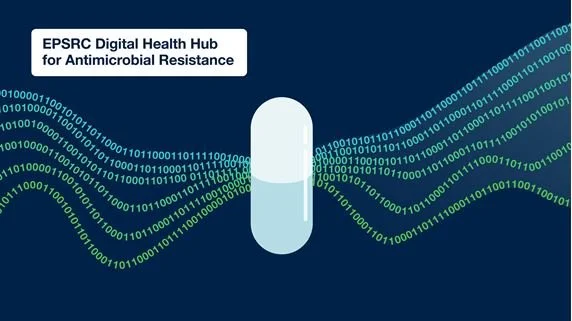Invest in Antimicrobial Resistance Diagnostic Test-to-Treat Strategies
https://www.nature.com/articles/d41586-024-03022-z.pdf
As the United Nations General Assembly’s high-level meeting on antimicrobial resistance (AMR) convenes in New York this week, we urge leaders to prioritize tackling a crucial blind spot: AMR test-to-treat data.
Writing in the journal Nature (McKendry et al Nature 633, 525 (2024)), we highlight that inappropriate antimicrobial prescriptions cost lives and put advances in treatment at risk. Rapid tests and decision-support tools can aid clinical decisions on prescribing antimicrobials and yet we have limited data on how they are used.
In 2019, the UK AMR National Action Plan committed to tracking the percentage of antimicrobial prescriptions accompanied by a diagnostic test or decision-support tool by 2024. However, difficulties linking electronic patient records with prescription and laboratory systems mean that these data are not yet routinely available, but it remains a priority.
Globally, diagnostic tests are underused, partly because just prescribing antimicrobials is a cheaper alternative. Better data spanning all health-care settings are needed to understand, for example, when prescribing continues without tests, and to inform and monitor interventions. More investment is needed in diagnostic roll-out trials, data capture, workforce education and behavioural strategies to implement evidence-based AMR test-to-treat guidelines.
McKendry et al Nature 633, 525 (2024)
Co-Authors: Rachel McKendry (UCL) Mervyn Singer (UCL), Elliott Rogers (UCL) and Colin Brown (UK Health Security Agency)
